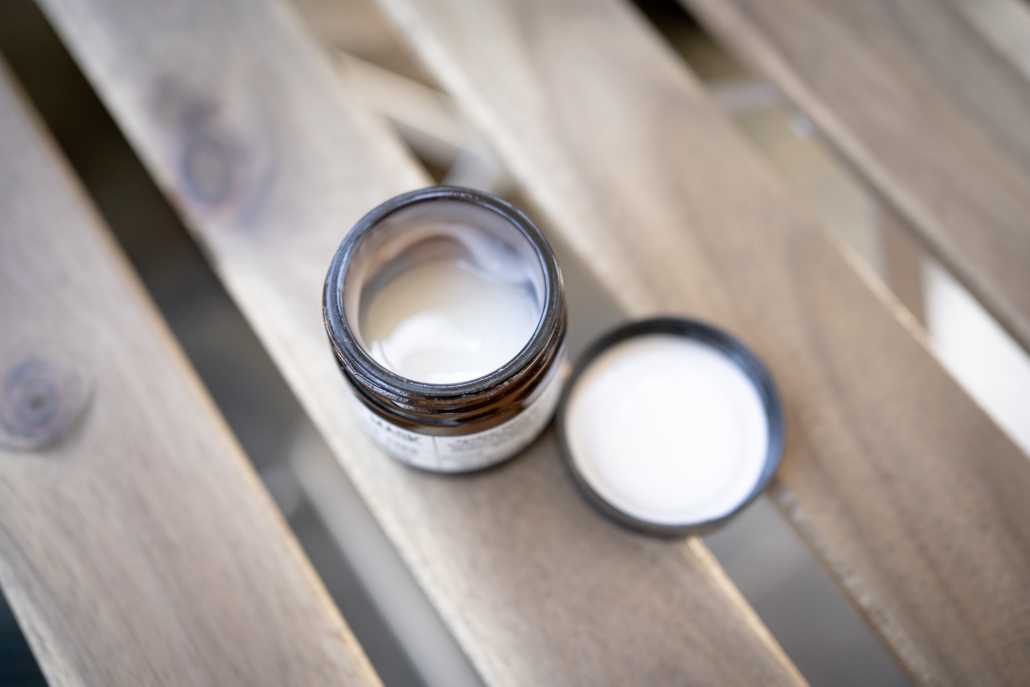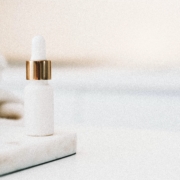MOISTURIZER

This was the most requested topic after last season, so I wanted to get it right. But to be honest, the research left me with more questions than answers (I know, how can something like moisturizer be so puzzling?) Let’s break it down, shall we?
Listen on iTunes here.
Listen on Spotify here.
Listen on Google Podcasts here.
PAST EPISODES MENTIONED
RECOMMENDED RESOURCES
PRODUCT LINKS:
BODY OILS
LOTIONS
Honest Beauty Everyday Radiance +C Moisturizer
Beautycounter Counterstart Cocoboost Moisturizer
Biossance Squalane + Vitamin C Rose Moisturizer
SOURCES
https://www.byrdie.com/moisturizer-bad-for-skin
https://www.byrdie.com/why-your-moisturizer-isnt-working
https://globalnews.ca/news/4492864/do-you-need-to-use-moisturizer/
TRANSCRIPT
Okay, I went down a research rabbit hole with this one… this was the most requested topic after last season, so I wanted to get it right. But to be honest, the research left me with more questions than answers (I know, how can something like moisturizer be so puzzling?) Let’s break it down, shall we?
In this episode, I’m not going to focus as much on what’s wrong with conventional moisturizers… at least not in the sense of toxins and chemicals. I think you got the picture from the skincare episode last week – yes, phthalates are also an issue with conventional moisturizers… also, sulfates, fragrance, formaldehyde, ethanol, PEG, parabens… you get the picture. These can be found in many brands and products and I’ll go through ways to avoid them and some suggestions for cleaner moisturizers at the end of this episode, but first… I want to tell you about something else I came across in my research.
What I discovered is that there is a camp of doctors, estheticians and dermatologists with a pretty convincing argument that, in general, our skin doesn’t need to be moisturized. At least not with man-made lotions that come out of a bottle.
And I don’t know, maybe this isn’t news to you like it is to me, but the more I thought about it and the more I read about it… it made sense. When I see flakey or dry skin on my face or body, do I think – hm, I should probably drink more water? Or, maybe my shower was too hot… Or, maybe one of the products I’m using is drying out my skin…
No, I automatically assume it’s my skin that’s the problem, so I slather on some lotion and I don’t think twice that maybe it’s the moisturizer I’m using that could actually be doing more harm than good.
Just because I slather on some cream and don’t see that flakiness anymore, doesn’t mean the flakes aren’t still there and that I’ve solved the problem of dry skin. If anything, I’ve just covered it up. Clinical facialist Kate Kerr says, [quote] “In reality, all you’re doing is compressing down that dead skin, stopping it from shedding naturally, and impacting your skin’s barrier function.” [end quote]
Logically, that makes sense right?
And to take it a step further, is my skin actually becoming reliant on this type of “artificial hydration?”
Unless you’re dealing with extreme circumstances – like eczema, dermatitis or psoriasis – there are two things going on here: 1.) Moisturizer or lotion out of a bottle reduces your skin’s natural ability to exfoliate – in other words, the ability to shed dead skin cells and regenerate bright, healthy new skin cells on its own and 2.) Moisturizer inhibits the body’s ability to deliver its natural method of hydration to the skin from within.
It’s kind of like how we don’t actually need soap. That’s right, you don’t need to wash your body with soap. If that comes as a surprise, I’ll do an episode on soap later this season.
From my research, I learned that only ‘true dry skin’ is in need of moisture supplementation. And that ‘true dry skin’ accounts for just 10-15% of the population – these are people who are born with this skin type and are likely to suffer from eczema or dermatitis – or women who are postmenopausal.
But for the rest of us, it’s worth an experiment to see if you actually need the moisturizers you use every day. The estheticians and derms recommend giving your skin a 12 week break to see if you truly have dry skin or if your skin can start to self-hydrate from within.
For your face, you’ll still want to exfoliate and wear SPF but they recommend a serum over a lotion – hyaluronic acid comes in serum form and is a naturally occurring ingredient in the body.
What about your legs, though? And your hands and arms? Expensive serums aren’t going to do the trick for hydrating the entire body, so if you do find that your skin needs a little extra boost then coconut oil is the best option – just make sure to apply to skin when it’s damp to lock in the moisture. This is what I’ve always used on my kids – even my five year old has yet to be exposed to a shampoo or lotion because coconut oil has always done the trick for things like cradle cap or dryness.
Everyone’s skin is different so whether you do a 12 week detox experiment or keep slathering on that lotion, the point (at least for me) is to start to rethink how many products our skin actually needs. The body is really good at regenerating itself so I can’t help but be convinced that the artificial products we’re adding to our skin barrier could be doing more harm than good.
For those of you cringing at the idea of going product-free or tossing your beloved Aveeno from your daily routine, there are better products that we can reach for (even if it’s not coconut oil). I mentioned this in the skincare episode from last week, but I really want to drive the point today. Because again, everyone’s skin is different so what works for me isn’t necessarily the right protocol for you. And that’s where SkinDeep from the Environmental Working Group comes in again.
They are not a sponsor, I don’t even think they know this podcast exists, but I genuinely want us all to get into the habit of running new product purchases through the SkinDeep filter. I’ve gotten into a routine now – whether it’s buying new makeup or a new exfoliating cleanser – to first search for the product name in the SkinDeep database. It’s so easy to use – you can search by brand, product or ingredient – and it gives you peace of mind that you’re either buying something EWG verified (the best option) or something that’s ranked a 1 or 2 in terms of ingredients.
As always, I’ve linked to my sources and product recommendations on The Clean Living Podcast website – for this episode it’s cleanlivingpodcast.com/moisturizer. And while you’re over there, do me a favor and subscribe to my email list. This is an easy way for me to send you more info on new episodes, as well as product recommendations, so you don’t have to go over to the website every time. It will just go straight to your inbox.
Thanks so much for listening to this episode of The Clean Living Podcast — I’m your host Shannon Lohr. If you learned something from this episode, share it with someone else who might be interested – maybe your sister or a friend who loves her Lubriderm ritual. And keep an eye out for next week’s episode which is a hot topic. Yes, I’m going there… tune in next week for a deep dive on… Botox.


